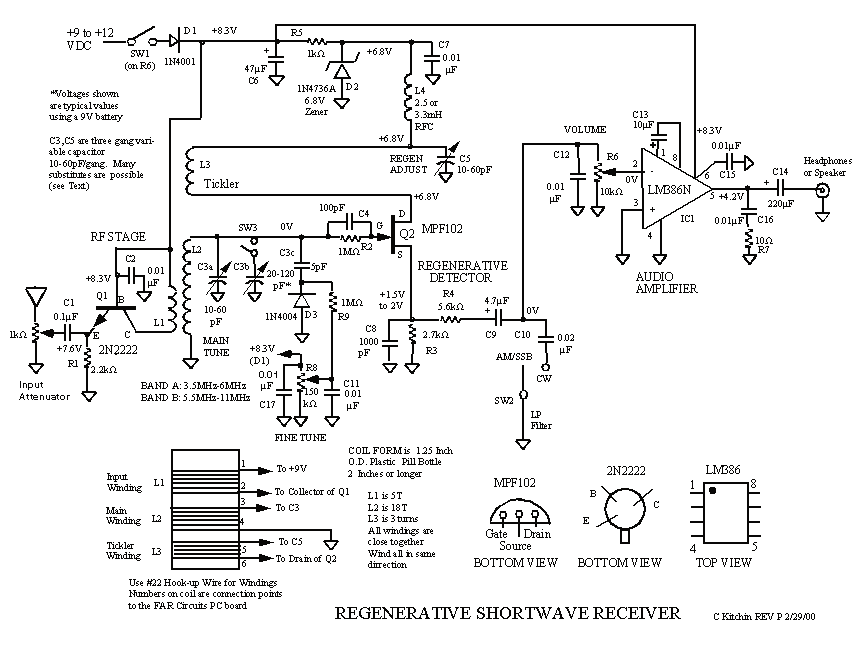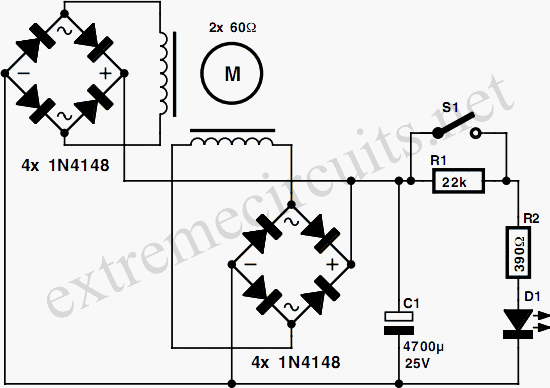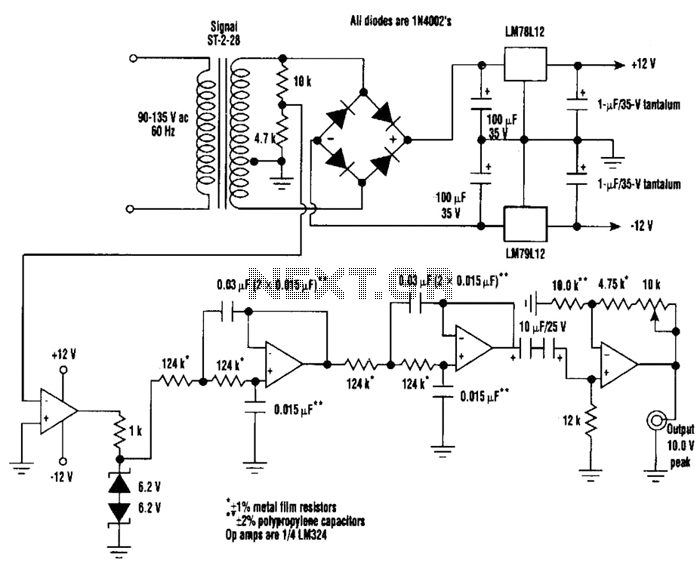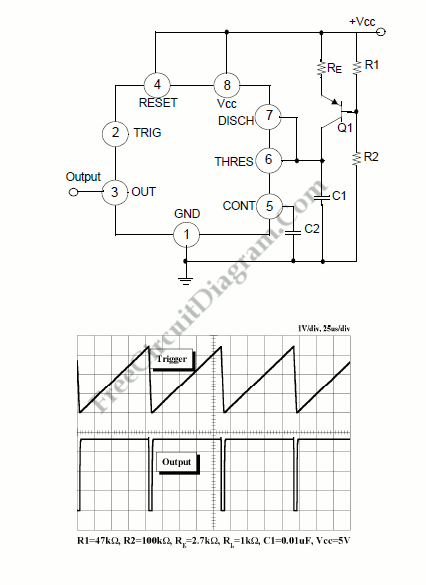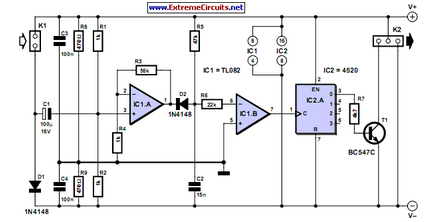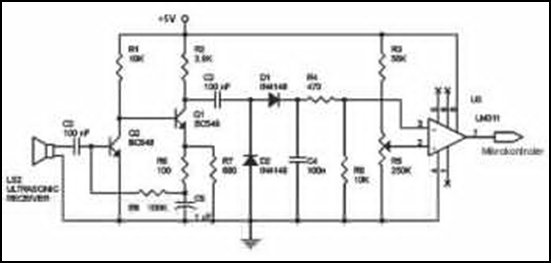
LC square wave generator
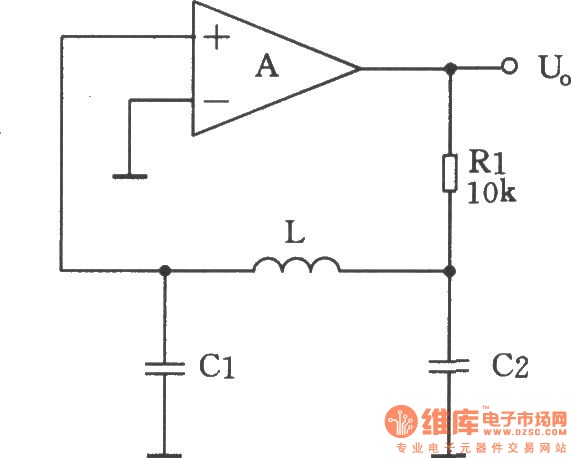
A square-wave generator utilizing an LC circuit can achieve improved frequency stability, as illustrated in the accompanying chart. This three-terminal capacitor oscillator is capable of generating a square wave, with an operational amplifier serving as the active component.
The square-wave generator circuit is designed to produce a continuous square wave output, leveraging the characteristics of inductors (L) and capacitors (C) to create oscillations. The LC circuit is known for its ability to maintain consistent frequency stability, which is essential in various applications such as signal processing and clock generation.
In this configuration, the operational amplifier (op-amp) plays a critical role in shaping the waveform. The op-amp is configured in a feedback loop that allows it to amplify the voltage across the capacitor, resulting in a rapid charging and discharging cycle. This cycle generates the square wave output, with the frequency determined by the values of the inductor and capacitor.
The circuit typically includes additional components such as resistors to set the gain of the op-amp and to stabilize the output. The values of the inductor and capacitor can be adjusted to modify the frequency of the generated square wave, allowing for versatility in various applications.
The output square wave can be further processed or used directly in applications that require digital signal inputs. This type of oscillator is commonly found in timers, pulse-width modulation (PWM) circuits, and clock generators, where precise timing signals are crucial. Overall, the use of an LC circuit in conjunction with an operational amplifier provides a reliable and efficient method for generating square wave signals with high frequency stability.Square-wave generator with LC circuit can get a better frequency stability, it`s as shown in the chart. This three-terminal oscillator of capacitor can be used to generate a square wave, but an operational amplifier is used as the active component..
🔗 External reference
The square-wave generator circuit is designed to produce a continuous square wave output, leveraging the characteristics of inductors (L) and capacitors (C) to create oscillations. The LC circuit is known for its ability to maintain consistent frequency stability, which is essential in various applications such as signal processing and clock generation.
In this configuration, the operational amplifier (op-amp) plays a critical role in shaping the waveform. The op-amp is configured in a feedback loop that allows it to amplify the voltage across the capacitor, resulting in a rapid charging and discharging cycle. This cycle generates the square wave output, with the frequency determined by the values of the inductor and capacitor.
The circuit typically includes additional components such as resistors to set the gain of the op-amp and to stabilize the output. The values of the inductor and capacitor can be adjusted to modify the frequency of the generated square wave, allowing for versatility in various applications.
The output square wave can be further processed or used directly in applications that require digital signal inputs. This type of oscillator is commonly found in timers, pulse-width modulation (PWM) circuits, and clock generators, where precise timing signals are crucial. Overall, the use of an LC circuit in conjunction with an operational amplifier provides a reliable and efficient method for generating square wave signals with high frequency stability.Square-wave generator with LC circuit can get a better frequency stability, it`s as shown in the chart. This three-terminal oscillator of capacitor can be used to generate a square wave, but an operational amplifier is used as the active component..
🔗 External reference
